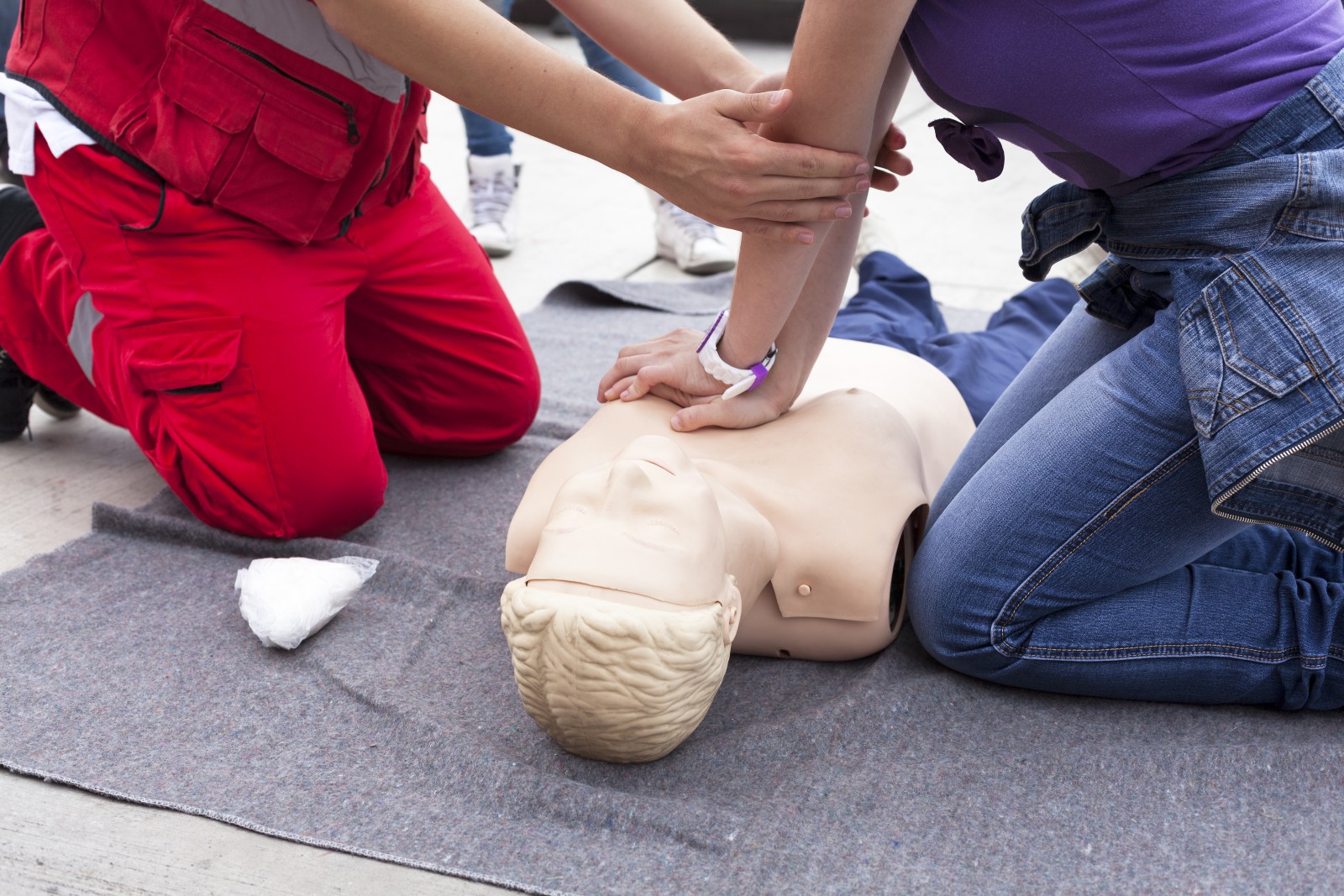Introduction
Emergency first aid & CPR/AED training equips individuals with the essential skills needed to respond effectively to medical emergencies. Discover the importance of this training, what it entails, and the benefits it offers to get cpr first aid training.
Understanding Emergency First Aid
Assessing the Scene and Ensuring Safety
In emergency situations, it’s crucial to assess the scene quickly and identify potential hazards to ensure the safety of both the responder and the victim. Establishing a safe environment for response minimizes the risk of further injury and allows for effective intervention.
Basic Life Support Techniques
Emergency first aid training covers basic life support techniques, including administering CPR to individuals experiencing cardiac arrest and controlling bleeding and providing wound care to those with injuries. These skills are vital for stabilizing patients until professional medical help arrives.
Managing Common Medical Emergencies
Participants learn to recognize and respond to common medical emergencies such as stroke, heart attack, choking, and allergic reactions. Understanding the signs and symptoms of these conditions enables timely intervention, potentially saving lives.
CPR/AED Training
Cardiopulmonary Resuscitation (CPR)
CPR training focuses on performing high-quality chest compressions and delivering rescue breaths to maintain blood circulation and oxygenation in cardiac arrest patients. Participants also learn how to use automated external defibrillators (AEDs) to restore normal heart rhythm.
Automated External Defibrillator (AED) Operation
AED training teaches individuals how to operate AEDs safely, including understanding their functionality, applying electrode pads correctly, and delivering shocks when indicated. AEDs are crucial in cardiac emergencies as they can significantly increase the chances of survival.
Hands-On Practice and Scenario Simulations
Hands-on practice and scenario simulations allow participants to apply their CPR and AED skills in simulated real-life emergencies. This practical training enhances their confidence and readiness to respond effectively in high-pressure situations.
Course Completion and Certification
Obtaining Certification Upon Successful Completion
Upon successfully completing the course, participants receive certification that is recognized and valid for a certain period. Regular recertification is necessary to ensure continued proficiency in first aid and CPR/AED techniques.
Access to Additional Training Resources
Certified individuals have access to additional training resources, including online refresher courses and continuing education opportunities. These resources enable them to maintain their skills and stay updated on the latest guidelines and protocols.
Integration of First Aid and CPR/AED Skills Into Daily Life
By integrating first aid and CPR/AED skills into their daily lives, individuals become more confident in their ability to respond to emergencies and contribute to the safety and well-being of their communities.
Conclusion
Enrolling in emergency first aid & CPR/AED courses is a proactive step towards acquiring lifesaving skills and being prepared to respond to medical emergencies. By obtaining certification and staying recertified, individuals demonstrate their commitment to emergency preparedness and their ability to make a difference in critical situations.

Leave a Reply